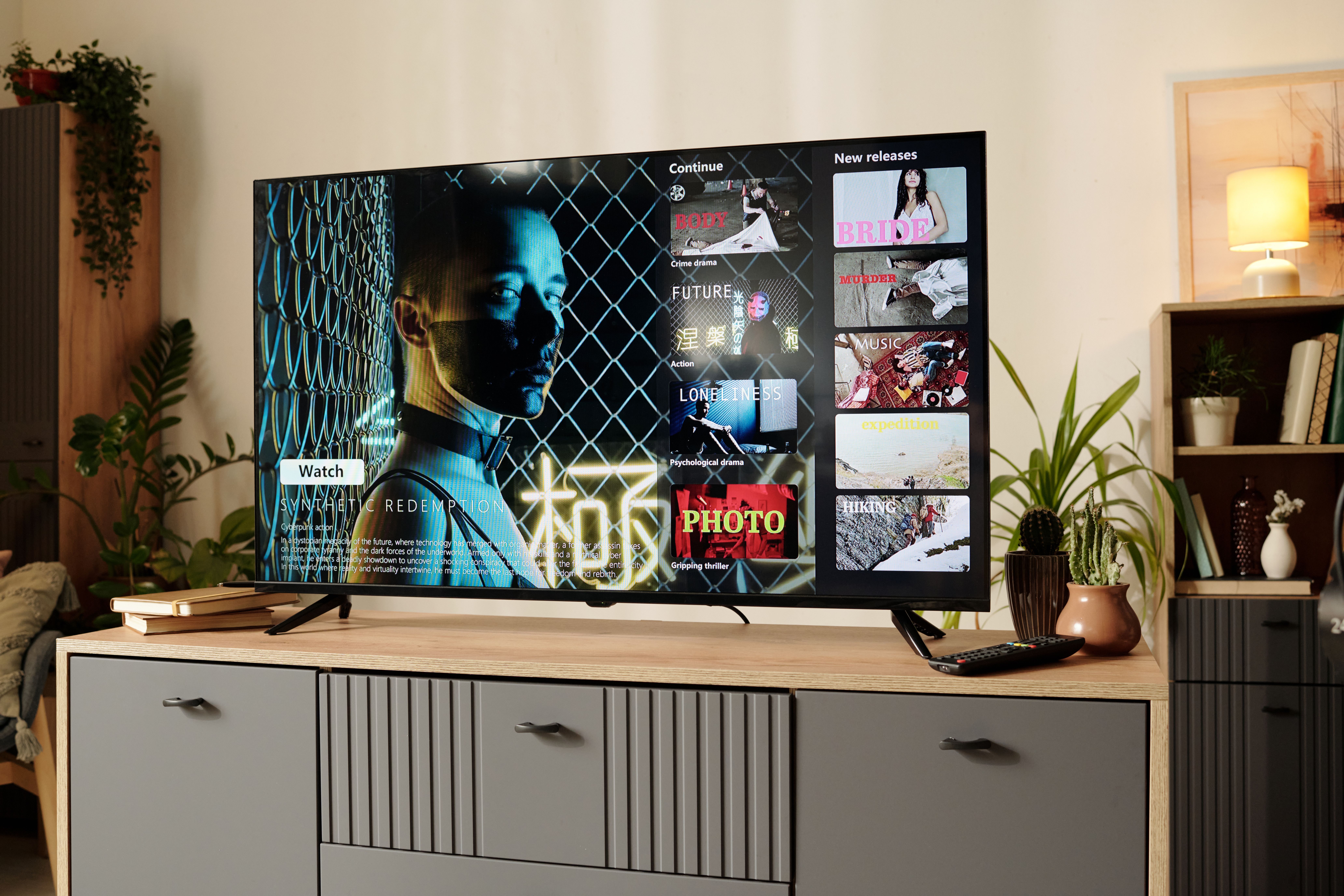OTT (Over-The-Top) is a term referring to the delivery of multimedia content, such as video, music, text messages, and voice calls, directly via the internet, bypassing traditional cable, satellite, or broadcast television providers. In practice, this means that users can consume content on demand (VOD – Video on Demand) or through live streaming without needing a traditional TV subscription.
How Do OTT Services Work?
OTT utilizes internet infrastructure to deliver content, eliminating the need for intermediaries such as cable or satellite TV providers. Users can watch movies and series on smartphones, tablets, laptops, Smart TVs, and streaming devices like Apple TV, Chromecast, or Amazon Fire Stick.
Examples of OTT Platforms
The most popular OTT platforms can be divided into several categories:
- Video-on-Demand Services (VOD) – Netflix, Disney+, Amazon Prime Video
- Live TV Streaming – YouTube TV, Hulu + Live TV, Polsat Box Go
- Music and Podcasts – Spotify, Apple Music, Tidal
- Messaging and VoIP Services – WhatsApp, Skype, Zoom
Advantages of OTT
- Accessibility and Convenience – Users can watch content anytime and anywhere on various devices.
- No Geographical Restrictions – Content can be accessed globally, although some services apply regional restrictions.
- Personalization – Recommendation algorithms suggest content based on user preferences.
OTT in Marketing
Advertising in the OTT environment is becoming increasingly popular as it allows precise targeting and audience engagement. Companies can use ad formats such as pre-roll video ads or interactive advertisements. OTT is transforming the way we consume media, becoming the dominant content distribution model in the digital era.

